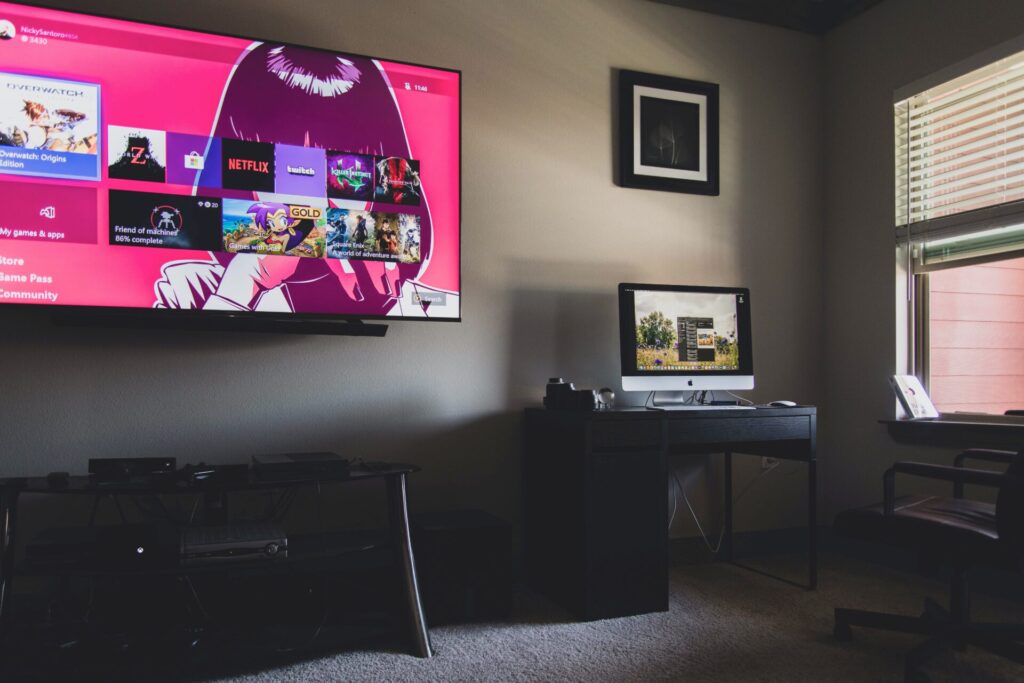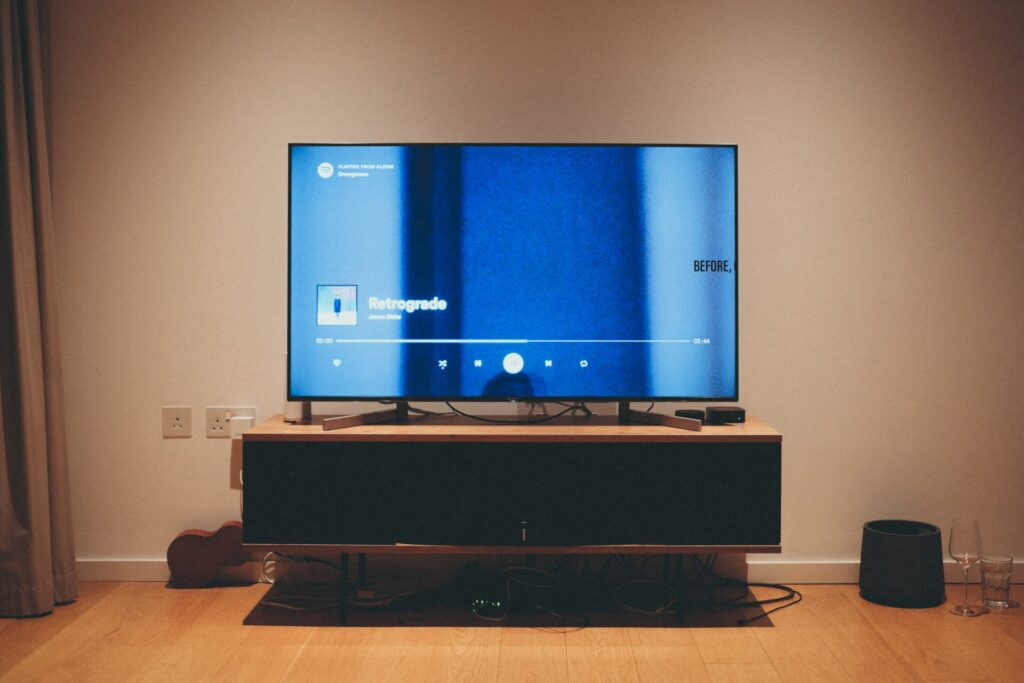HDR stands for “High Dynamic Range”. HDR is explained as a mechanism for improving video quality. The procedure for enhancing the video quality is very simple and easy to understand. The basic function performed in this process is the enhancement of the sharpness and contrast of pictures.
It is done by making the dark parts of the picture look darker and the bright parts look more bright. The result of HDR resolution pictures is more vibrant, clearer, and of better quality.
Table of Contents
How Does HDR Work?

It is a concept about the TV picture or video quality that the higher the number of pixels, the higher the quality of the picture. Although the number of pixels also matters a lot, a higher number of pixels doesn’t need to be a guarantee of a high-quality image. As HDR works on improving display quality without increasing the number of pixels.
How Is HDR Different From 4K?
4K TV sets have a high number of pixels. HDR does not feature too many pixels, it displays the limited pixels in a way that the image quality is boosted. HDR improves the resolution of images by boosting the contrast between shades and colors. 4K works on quantity while HDR provides you quality display.
Another thing that distinguishes HDR TVs from others is their high brightness. They support up to 1000 nits luminosity. While other TV sets do not support more than 300 to 400 nits.
Requirements For HDR:
Before you switch to an HDR display, you must know what you will need to get started with this kind of display. Here are some of the most basic and important things that you will need in this regard.
An HDR Supported TV:
Not all TVs support HDR features. While Buying A TV set, you can differentiate between HDR TVs and others through the stickers or printed notes on TV sets.

Therefore, if you want to get an HDR display, then at the time of buying a TV make sure that it is HDR supported. It is also worth mentioning that an HDR TV is capable of displaying all formats of HDR.
Original HDR Content:
After HDR TV, the second thing that you will need to shift to HDR display is HDR content. HDR content can be understood as content that is made through any of the HDR formats. And it is necessary just because other contents can not be displayed on HDR setup.
Playback Devices:
Playback devices are also necessary for HDR display because they assist HDR TVs in displaying HDR content. The commonly used playback devices include Ultra HD Blu-ray and other similar streaming devices. However, These devices are not necessary to be connected as smart TVs already have apps installed in them that can do the same task.
Formats Of HDR:

There are different formats of HDR and you will be glad to know that almost all the TV brands support these formats. Some of these formats are mentioned below.
HDR 10:
HDR 10 is the most commonly used format of HDR. It has no restrictions or hard and fast requirements, therefore, every TV brand can support and run this format.
This version allows 1000 nits luminosity, and it is the only drawback of this version as many of the TVs are capable of displaying more luminosity than this one.
Read: UHD Vs HDR
HDR 10+:
HDR 10+ Features:
- Metadata
- Accuracy in contrast and coloring
- 4000 nits luminosity
- 10-bit colors
Despite having these advanced features, HDR 10+ services can be availed without fees.
Dolby:
Dolby Version Has the Following Features:
- Brightness reaching 10000 nits
- Coloring of 12-bit
- Dynamic metadata
- Display settings adjustment
Licensing fees are the only factor that limits the usage and popularity of this version.
Conclusion:
You may hear about the term HDR, but maybe you are not clear about what is HDR means and what is the purpose of this TV feature. If it is so, then this article is what will provide you with information about HDR and will let you know about what HDR does.
Moreover, it will tell you about the purposes of the HDR feature as well as the requirements for shifting your TV display to HDR.
